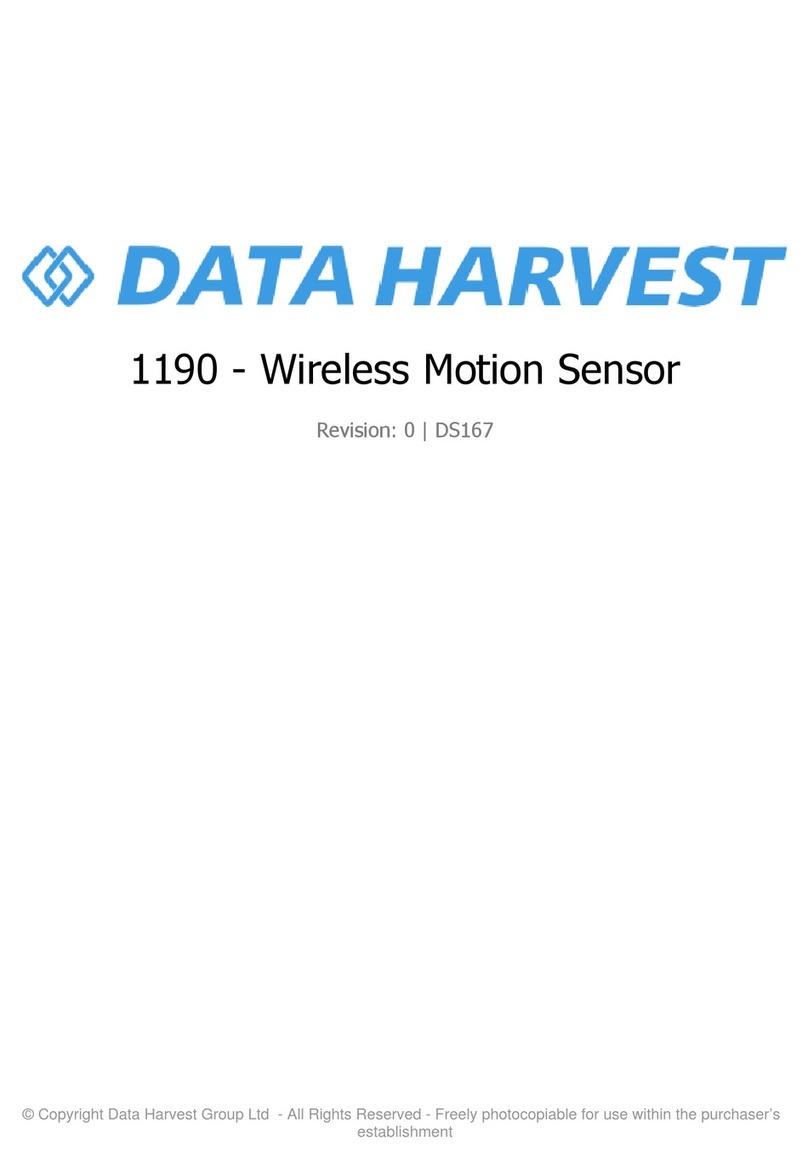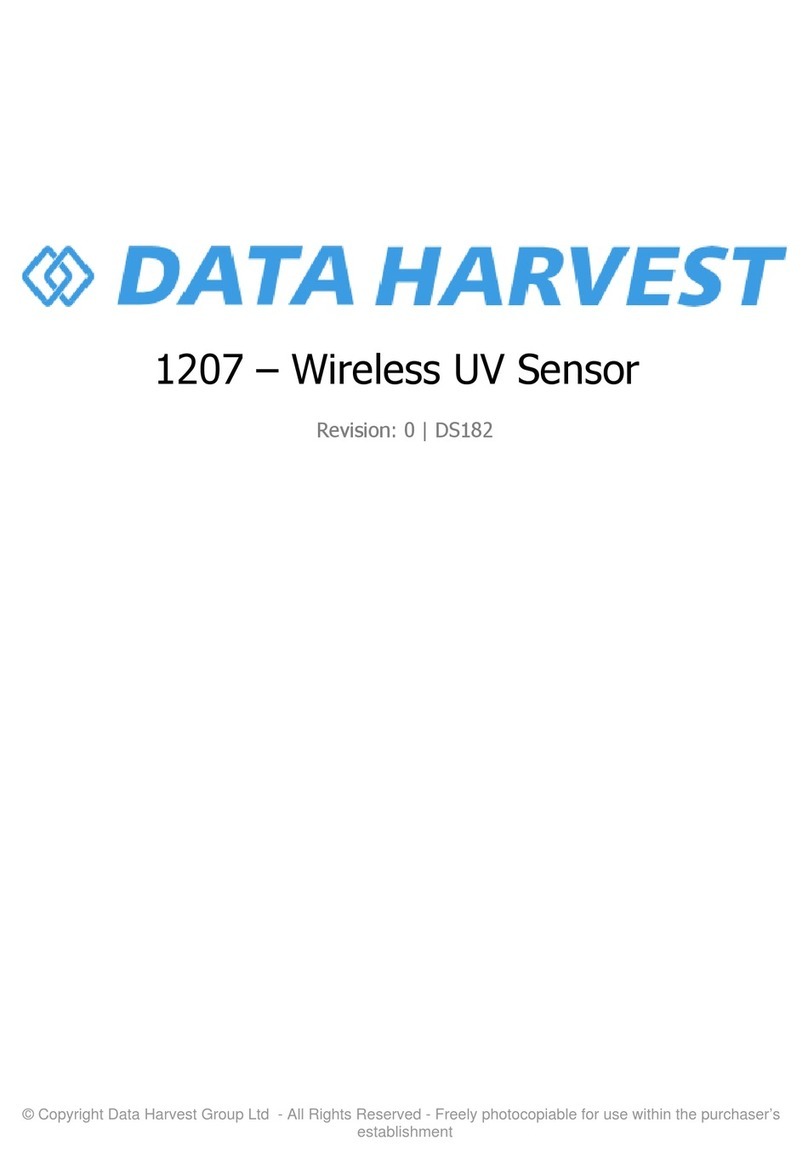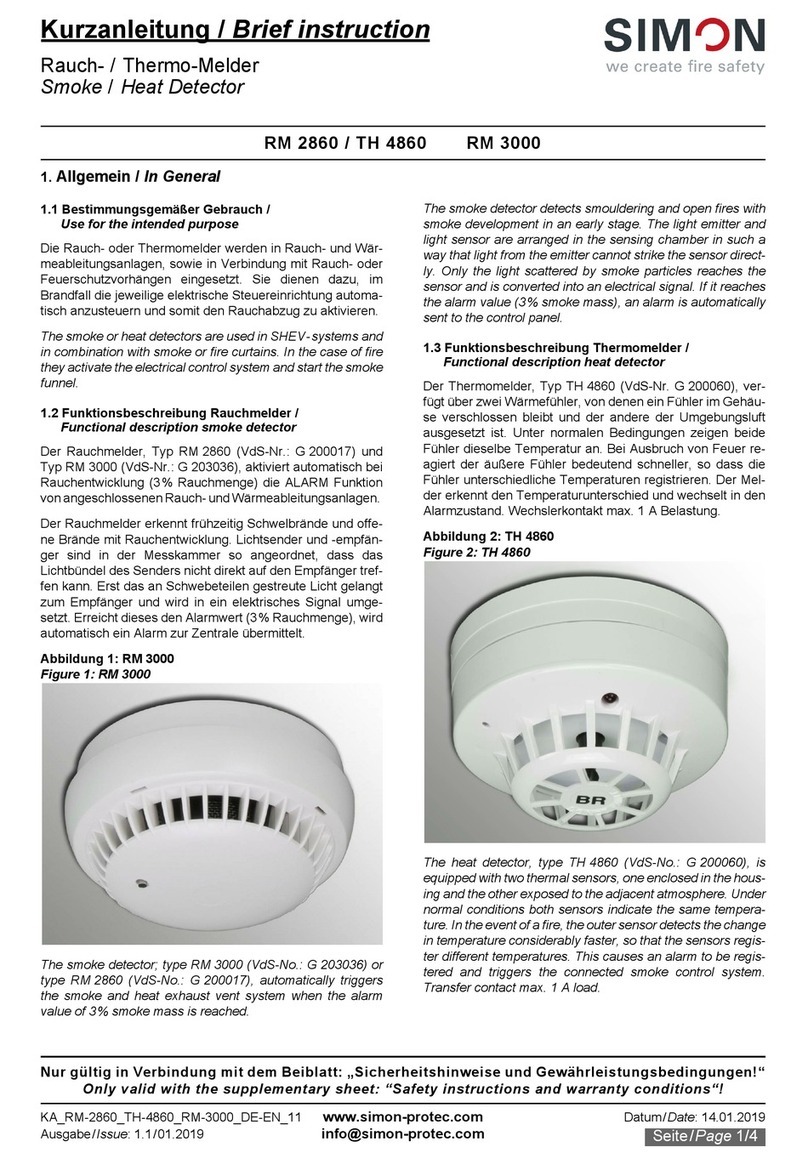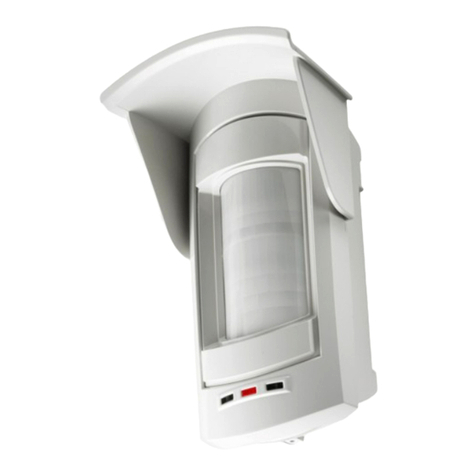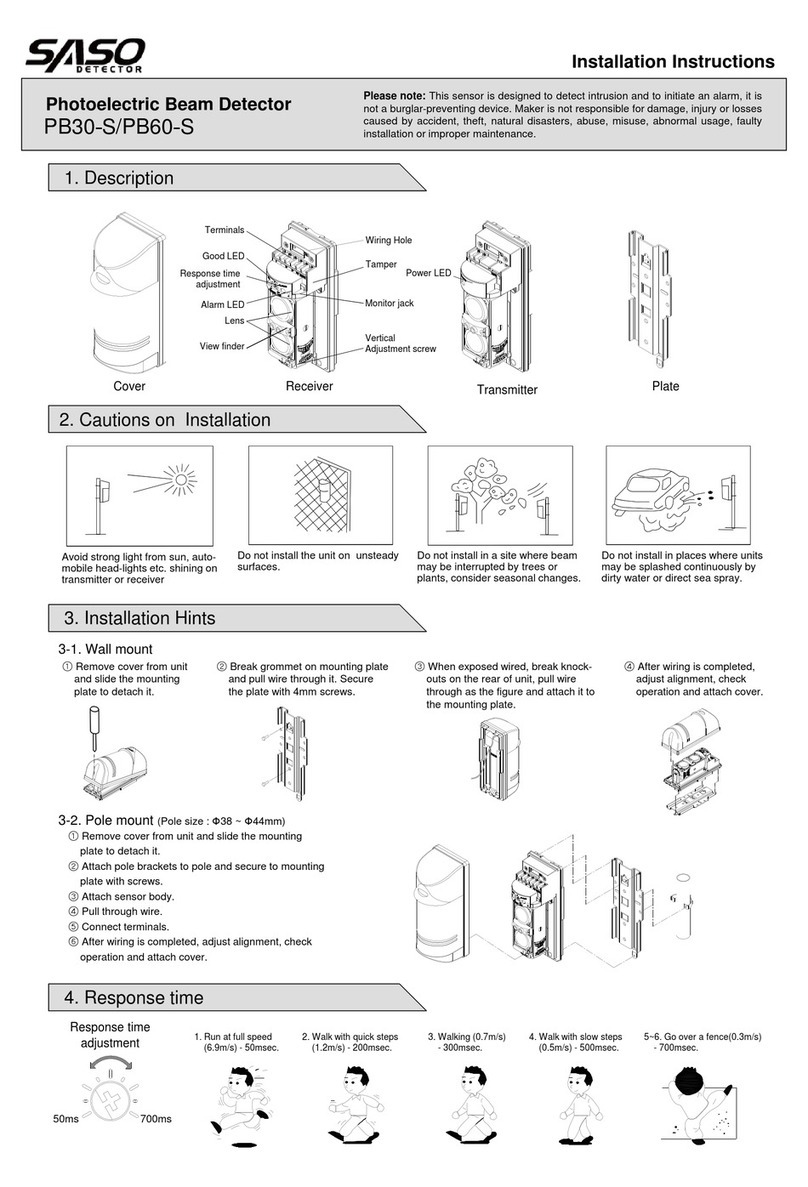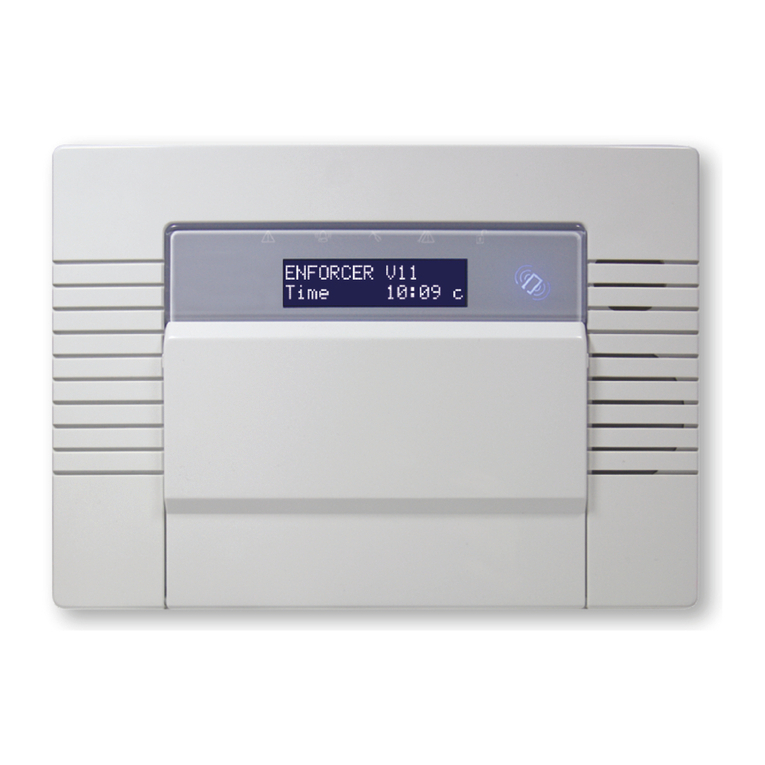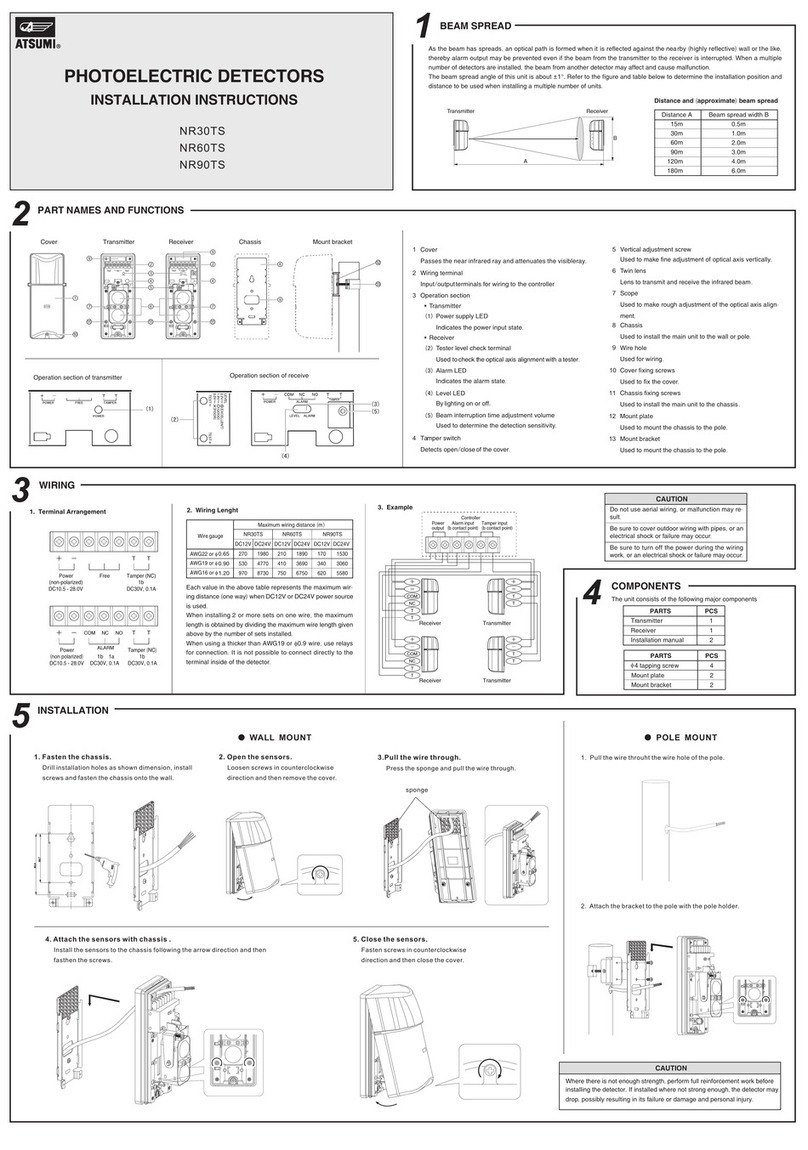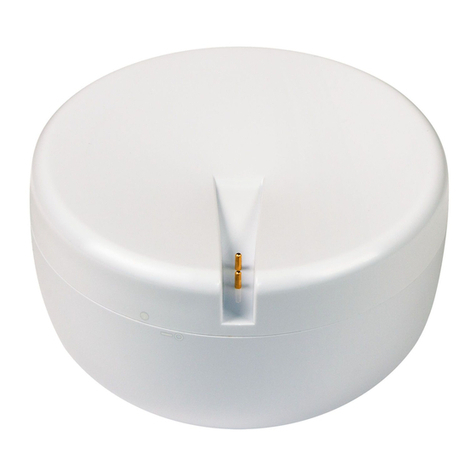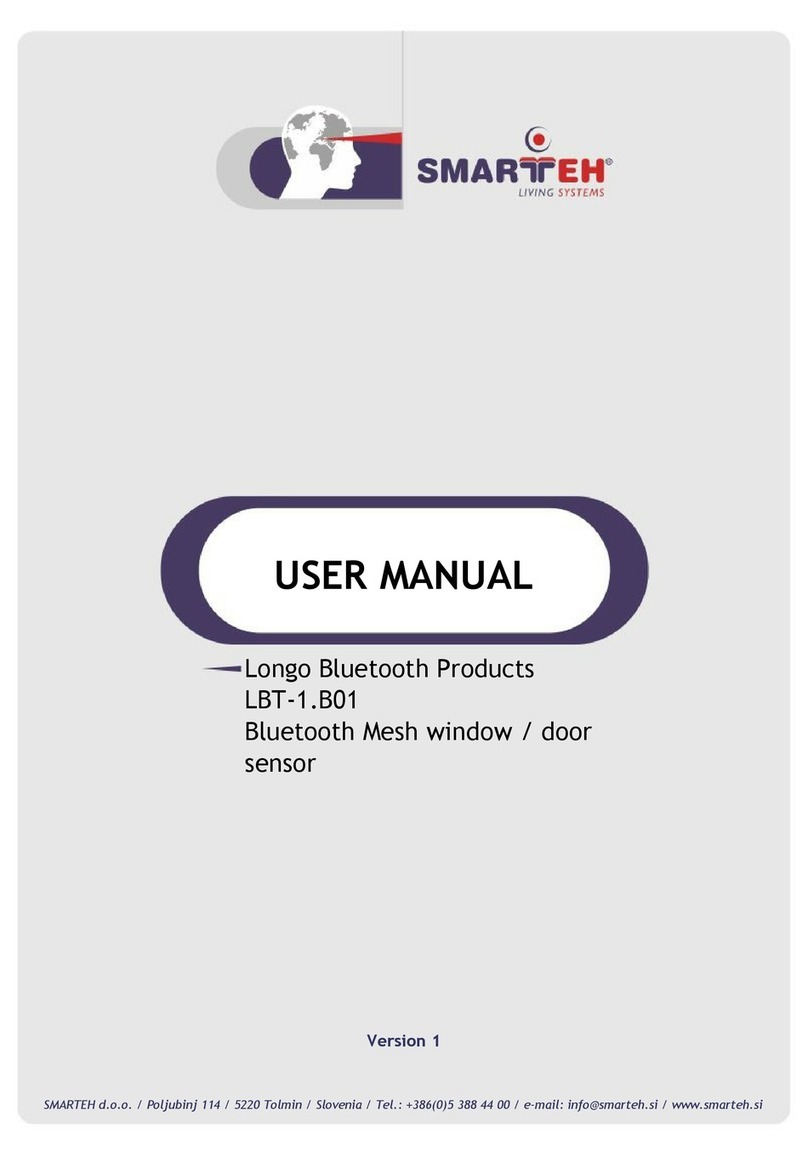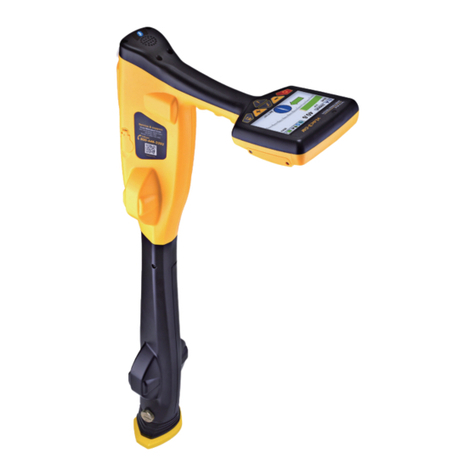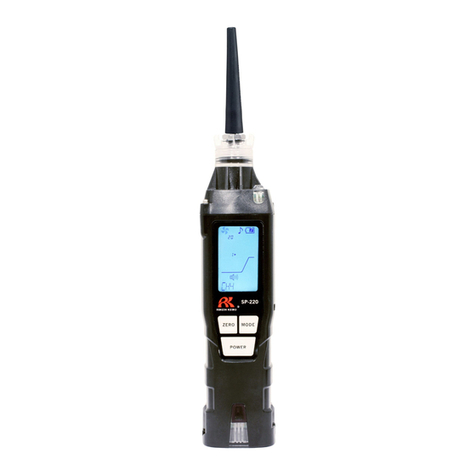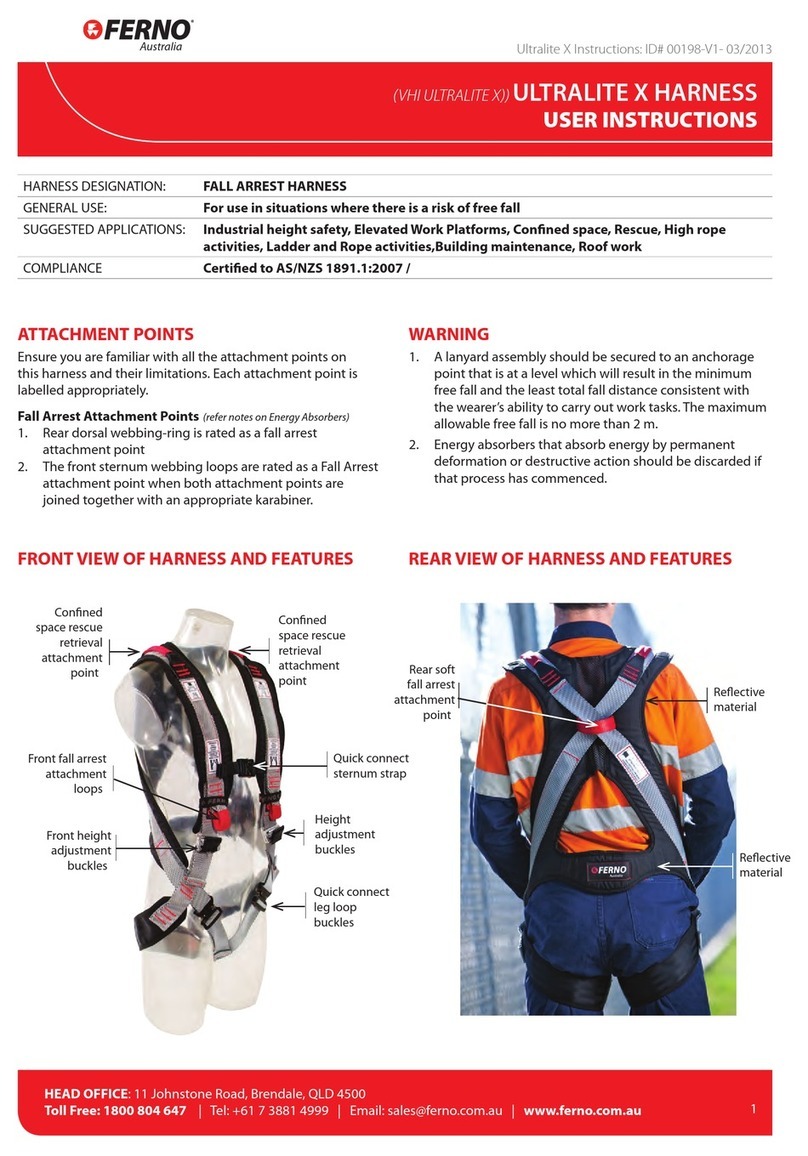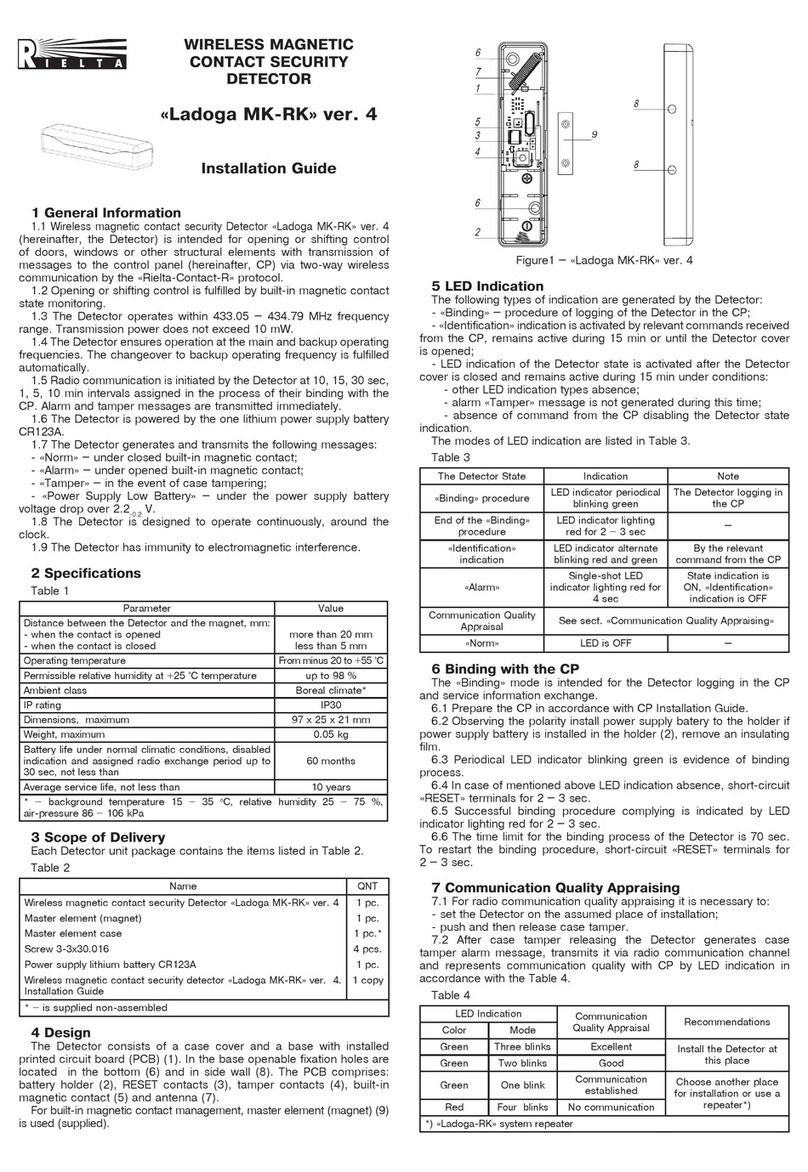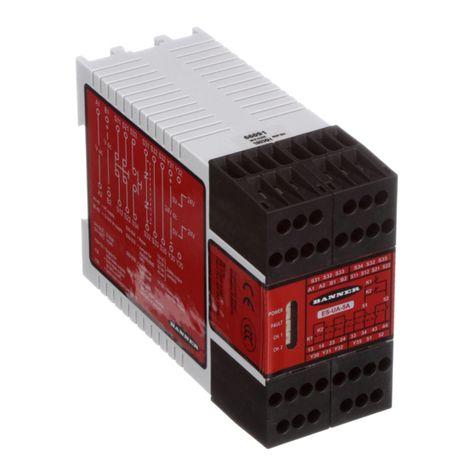Data Harvest 1130 User manual

© Copyright Data Harvest Group Ltd - All Rights Reserved - Freely photocopiable for use within the purchaser’s
establishment
1130 - Wireless 20V Voltage & Current
Sensor
Revision:
1.0
| DS157

1130 - Wireless 20V Voltage & Current Sensor
2
/
19
| Revision: 1.0 | DS157
Table of contents
Introduction ...................................................................................................... 3
Pack Contents .................................................................................................... 4
Operational Overview ......................................................................................... 5
Connectivity ...................................................................................................... 7
Charging the Sensor ........................................................................................... 8
Firmware Updates .............................................................................................. 9
Usage Information ............................................................................................
10
Practical Investigations .....................................................................................
11
Sensor Specifications ........................................................................................
13
Limited Warranty .............................................................................................
14
Compliance .....................................................................................................
15
Troubleshooting ...............................................................................................
16
Notices ............................................................................................................
17
Contact Information ..........................................................................................
18
PDF Translations ..............................................................................................
19

1130 - Wireless 20V Voltage & Current Sensor
3
/
19
| Revision: 1.0 | DS157
Introduction
Thank you for purchasing the Smart Wireless 20V Voltage & Current Sensor. We pride ourselves on
producing high quality products that meet with the demands of the busy classroom environment. If you
have any problems using this sensor, please read this documentation in full before contacting the Data
Harvest support team.
Overview
The Smart Voltage and Current sensors are USB and Bluetooth compatible. Using Bluetooth, a sensor
can connect to mobile devices, tablets, laptops and desktops.
The Voltage and Current sensor is a combined sensor. It can measure both electric current and the
potential difference across a component in low voltage a.c. or d.c. circuits, or be used as a voltage or
current sensor. Software and firmware will allow the user to show resistance and power values directly
from the sensor, or as derived functions from the calculate function in the software.
Any number and combination of Voltage and Current sensors can be added into a circuit. The wireless
Voltage and Current sensor is not compatible with the SmartQ Voltage and SmartQ Current sensors.
SAFETY: Never use high voltages or household a.c.
The four 4 mm sockets (2 for Voltage and 2 for Current) allow for connection to most standard available
electronics kits and school based power supplies using 4 mm plug leads (not supplied).
The sensor is supplied with a mini USB lead (1 m standard A to standard mini B).

1130 - Wireless 20V Voltage & Current Sensor
4
/
19
| Revision: 1.0 | DS157
Pack Contents
This product is supplied with the following items:
·
1 x Wireless 20V Voltage & Current Sensor
·
1 x USB Connecting Lead
Additional Accessories
To get the most from your Smart Wireless Voltage & Current Sensor, the following items should be
considered:
·
Wireless 5V Voltage & Current Sensor

1130 - Wireless 20V Voltage & Current Sensor
5
/
19
| Revision: 1.0 | DS157
Operational Overview
The diagram below shows the specific parts of the sensor. Read further to explore the functionality of
each part of the sensor.
1.Sensor End Cap
2.Status Indicator
3.On/Off Switch
4.USB Port
5.Unique ID Number
Sensor End Cap (1)
Most Smart Wireless Sensors feature an end cap that is specific to the requirements of the device's
internal sensor. The sensor's end cap is the direct interface between the device’s internal sensor and
your experiment.
The Status Indicators (2)
The sensor features a single status indicator that changes colour and flashes. See the table below for
further information.
Status Light
Indicates
No light
Sensor is Off. Short press the On/Off switch
Blue flashing Sensor On and Bluetooth advertising
White flashing Charging via USB mains charger or USB port
Green flashing Communication with the EasySense2 app (via USB or
Bluetooth) has been established
Orange flashing Recording data
Red flashing Battery is low
On/Off Switch (3)
The sensor's on/off switch allows you to turn the sensor on, off or perform a hard reset.
To switch the sensor off

1130 - Wireless 20V Voltage & Current Sensor
6
/
19
| Revision: 1.0 | DS157
·
Press and hold down the On/Off switch until the white light shows, then release.
·
If not communicating with the EasySense2 app, the sensor will turn off after a period of one hour of
inactivity.
Hard resetting the sensor
·
If necessary, attach the sensor to power.
·
Press and hold down the On/Off button for at least 8 seconds until the status LED gives a flash of
blue light, then release.
·
If the sensor fails to respond, contact Product Support at Data Harvest. Please provide details of:
oThe computer platform it is being used with and the EasySense2 app’s version number.
oA description of the problem being encountered.
USB Port (4)
Use to connect to a computer or a charging unit.
For specific USB or Bluetooth connectivity instructions, please see the 'Connectivity' section of this
documentation.
For instructions on charging your device, see the section on 'Charging the Sensor'.
Unique ID Number (5)
All Smart Wireless Sensors are labelled with a unique ID number. This number is used in the
EasySense2 app, so that you can identify each sensor when making a connection wirelessly.

1130 - Wireless 20V Voltage & Current Sensor
7
/
19
| Revision: 1.0 | DS157
Connectivity
The sensor is both USB and Bluetooth compatible. Install the EasySense2 app, if it is not already on
your device. For details of how to operate the EasySense2 app, please refer to the EasySense2
documentation.
USB Connectivity
Quick Steps
1.Connect the sensor to the computer’s USB port using the USB cable supplied.
2.The computer will automatically detect a new device and depending on your operating system, will
install any applicable device drivers.
3.Start EasySense 2 app.
4.Within the EasySense2 app, the Devices icon will change to green to show that the sensor is
connected, and the status light on the sensor will also turn green.
5.Begin your practical investigations.
Bluetooth Connectivity
Using Bluetooth, the sensor can wirelessly connect to mobile devices such tablets and mobile phones,
as well as desktop or laptop computers, giving students the ability to run experiments independently
without being tethered to a device.
See the EasySense2 app user manual system requirements for further details.
Quick Notes on Bluetooth Connectivity
Only use with the EasySense2 app, you do not need to pair the device. If paired, the sensor will not be
available to the EasySense2 app.
Computers or devices will need to support Bluetooth Low Energy (BLE). For further information refer to
the instructions provided for the EasySense2 app.
Quick Steps
1.
Short press the on/off switch to turn the sensor on, blue LED will flash.
2.Open the EasySense2 app.
3.Select the Devices icon.
4.
Select your sensor from the list of available sensors to connect to the device. Your sensor is
identified by its unique ID in the list.
5.Click on connect at the side of your sensor in the list.
6.
The Devices icon will change to green and the status light on the sensor will flash green to indicate a
connection has been established.
7.Begin your practical investigations.

1130 - Wireless 20V Voltage & Current Sensor
8
/
19
| Revision: 1.0 | DS157
Charging the Sensor
The Smart Wireless sensors are fitted with a rechargeable lithium-ion battery and can be charged via
the USB port. Use the supplied USB lead to connect the sensor either directly to a USB port on your
computer, a powered USB hub or a USB mains charger that outputs 5 V at 500 mA or more.
A full charge can take up to 4 hours.
Additional Information
Whenever the sensor is connected to the USB port on the computer or to a USB mains charger (output
5 V at 500 mA or more), it will automatically recharge the battery (LED status flashing white).
When connected to a computer, the computer should be turned on and not in sleep or standby mode,
as the battery may drain instead of charge.
The sensor will stay awake for 60 mins when Bluetooth advertising (LED status flashing blue).
Lithium-ion batteries are ‘memory-free’ and prefer a partial rather than a full discharge. Constant partial
discharges with frequent recharges will not cause any harm. Frequent full discharges should be
avoided whenever possible. Ideally the sensor should be stored at about 40% or more charge.
The speed at which a lithium-ion battery will age is governed by both its storage temperature
(preferably less than 40 C) and state-of-charge.

1130 - Wireless 20V Voltage & Current Sensor
9
/
19
| Revision: 1.0 | DS157
Firmware Updates
Occasionally Data Harvest may release updated firmware which will contain improvements or new
features.
Updates will take place when you connect your sensor to the EasySense2 app. You will be given the
option to decline an update.
Updates can be performed over USB or Bluetooth and will typically take less than one minute. Updating
firmware over USB will be quicker than Bluetooth.
Do not disconnect the sensor, or power off during the update.
If you have a wireless connection to the EasySense2 app, the sensor will have to be reconnected after
performing the update.

1130 - Wireless 20V Voltage & Current Sensor
10
/
19
| Revision: 1.0 | DS157
Usage Information
CAUTION:
Never connect a Current sensor directly across a battery or power supply without a
resistance component to limit the current to within the range of the sensor. Failure to limit the current
will cause permanent damage to the sensor.
·
If the Voltage sensor is not part of a complete circuit, then data collected may appear ‘noisy’. To
measure voltage accurately you need an impedance (resistance); the Voltage sensor is a high
impedance device and will pick up any electrical ‘noise’.
·
Note: To demonstrate zero impedance, short out a Voltage sensor by connecting its black & red
plugs together.
·
A tare function is present in the software to set the zero of current and/ or voltage.
·
The Current sensor has a very low resistance, so it will introduce as little resistance as possible to
the circuit.
·
For some work, the d.c. output from a chemical cell will give the best results, for example,
discharge and charge constants of a capacitor resistance circuit.
·
An alternative to batteries is to use a fully isolated mains power supply with a regulated d.c. output
(smoothed and fully rectified).
·
Be aware that some power supplies are 1/2 wave rectified producing an average rather than true
d.c. The sensors will ‘pick up’ the fluctuations in voltage and current from this type of power supply.
The Voltage and Current sensor does not smooth the data, as you would see in a multimeter, and
will return the value that is present at the sample period. Without smoothing you can record at very
short intersample periods (50µs or 50,000 Hertz).
The suitability of components can be checked using Ohms law.
The Current sensor is protected to a voltage of ±13 V. The maximum working voltage of the Current
sensor before damage is ±13 V.
For example: A 100 Ω3 W resistor gives good results without too much heat.
§6 V supply with 10 Ωresistor = 0.6 A (600 mA) current flow (Power 0.6 x 6 = 3.6
W).
§6 V supply with 50 Ωresistor = 0.12 A (120 mA) current flow (Power 0.12 x 6 =
0.72W).
§6 V supply with 100 Ωresistor = 0.06 A (60 mA) current flow (Power 0.06 x 6 =
0.36W).
·
The Current sensor is protected to a voltage of ±13 V, The maximum working voltage of the Current
sensor before damage is ±13 V.
·
The operating range of the sensor is 0 to 40 C and 0 to 95% RH (non-condensing). Do not subject
to extreme heat or cold. Do not expose to direct sunlight for extended periods of time.
·
The sensor is not waterproof. It may be cleaned using a damp cloth. Do not immerse in water or
detergent. Do not place the sensor in an environment in which high humidity levels are possible as
this may result in damage or malfunction.

1130 - Wireless 20V Voltage & Current Sensor
11
/
19
| Revision: 1.0 | DS157
Practical Investigations
The Smart Wireless 20V Voltage & Current Sensor can be used wherever you would use a voltmeter or
ammeter. The advantage of using these sensors over multimeters will be the ability to use many
sensors, record the data via software, and record fast transient events. Examples of practical work
where use of the sensor will enhance learning and understanding include work to study:
·
What changes the current in a circuit?
·
Series and parallel circuits
·
Ohm’s law
·
Good and bad conductors
·
Alternative power investigations e.g. solar cells, water power, wind energy, etc
·
Fuses
·
Laws of resistance
·
Long wires, less power?
·
Electrical component characteristics
·
Dynamo effect
·
Start-up current of a lamp
·
Faraday’s induction of current or voltage in a coil
·
Capacitor discharge, charge and energy stored
·
Diodes: a.c.. diode rectification
·
Specific heat capacity for a liquid or solid
·
Calibration of a thermometer
·
Impedance change with frequency
·
Efficiency of an electric motor / generator
·
Resonance in a series LCR circuit
·
Reactance and phase in a capacitor
With the software set to a numeric display the sensor and software will create a digital voltmeter and
ammeter.
Online Videos
Learn how to use data logging in the classroom with our Secondary Science Academy demonstration
videos, which will walk you through using the new EasySense2 app and show you how to get hands-on
with the latest Bluetooth wireless sensors. The video experiments will show you how to get the best out
of your science lessons.
New online content is being continuously uploaded onto our YouTube channel, including practical
worksheets as well as videos.
See our website for further information and links.

1130 - Wireless 20V Voltage & Current Sensor
12
/
19
| Revision: 1.0 | DS157
Explore Bluetooth Sensors
Are you looking to make the jump to our smart
wireless sensors? Or have you recently purchased
them and want to know more about how they
work?
View video playlist
Explore EasySense2
The core of our science platform is our
EasySense2 software. In these videos you will
learn everything from the basics of our software to
the most in-depth features.
View video playlist
Explore Science Practicals
See our Smart Wireless Sensors in action with a
range of practical experiments. This is the best
way to get started with the new Bluetooth sensors!
View video playlist

1130 - Wireless 20V Voltage & Current Sensor
13
/
19
| Revision: 1.0 | DS157
Sensor Specifications
Please read the following table for sensor specifications.
Feature
Detail
Measurement Ranges ±1000 mA, ±20 V
Maximums Maximum voltage on Voltage channel: ±22 V
Maximum current on Current channel: ±5 A
Maximum voltage on Current channel: ±13 V
Resolution 1 mV, 1 mA
Current Sense Resistance 0.1 Ω
Voltage Input Impedance > 2M Ω
Fastest logging speed 20,000 samples per second (interval 50 μs)
Power specifications: 5 V at 500 mA
Connectivity
Wired via USB
Wireless via Bluetooth
Bluetooth Specifications Bluetooth 4.2 low energy radio, single mode
compliant
Transmit (TX) power: 0 dBm
Receiver (RX) sensitivity: - 90 dBm
Usable transmission range: up to 10 m in open
air
Frequency Range: 2.402 to 2.480 GHz operation
Storage/Operating Temperature
0 - 40 C
Humidity 0 to 95% RH (non-condensing)
Internal Battery Rechargeable internal lithium-ion 3.7 V
Power specification: 5 V at 500 mA
Physical Specifications Weight: approx. 82 g
External dimensions: approx. height 33 mm x
width 50 mm x length 92 mm

1130 - Wireless 20V Voltage & Current Sensor
14
/
19
| Revision: 1.0 | DS157
Limited Warranty
For information about the terms of the product warranty, see the Data Harvest website at:
https://data-
harvest.co.uk/warranty
Product Repairs
When returning goods to Data Harvest, please download and complete the repair return
form
to ensure
you have sent us all the information we require, and send it to us alongside the item to be repaired. The
second page of this form includes a return address label.
If you have purchased a Data Harvest manufactured product via a different company, please also
supply proof of purchase.
Postage Charges
·
In the event of a fault developing, the product must be returned in suitable packaging to Data Harvest
for repair or replacement at no expense to the user other than postal charges.
·
There will be no postal charge for the return of repaired goods to any mainland UK address (for other
areas, additional shipping charges may apply).
Out of Warranty Repairs
Please visit https://data-harvest.co.uk/repairs for the most up to date charges for out of warranty
repairs.
Warranty on Repaired Items
Once an item has been serviced and repaired, the product will have 1 year warranty against further
failure of the component repaired.
International Returns
Please contact the authorised Data Harvest representative in your country for assistance in returning
equipment for repair.

1130 - Wireless 20V Voltage & Current Sensor
15
/
19
| Revision: 1.0 | DS157
Compliance
This product complies to the following standards
Waste Electrical and Electronic Equipment Legislation
Data Harvest Group Ltd is fully compliant with WEEE legislation and is pleased to provide a disposal
service for any of our products when their life expires. Simply return them to us clearly identified as ‘life
expired’ and we will dispose of them for you.
FCC Details
This device complies with Part 15 of the FCC Rules. Operation is subject to the following two
conditions: (1) this device may not cause harmful interference, and (2) this device must accept any
interference received, including interference that may cause undesired operation.
CE
This product conforms to the CE specification. It has been assessed and deemed to meet EU safety,
health and environmental protection requirements as required for products manufactured anywhere in
the world that are then marketed within the EU.

1130 - Wireless 20V Voltage & Current Sensor
16
/
19
| Revision: 1.0 | DS157
Troubleshooting
If you experience any problems with your product, please try the following troubleshooting tips before
contacting the Data Harvest support team.
Feature
Detail
Loss of Bluetooth Connectivity If the sensor loses Bluetooth connection and
will not reconnect try:
Closing and reopening the EasySense 2 app.
Switching the sensor Off and then On again.
If you are using a Bluetooth Smart USB Adaptor
on your computer, unplug the adaptor, plug back
in again and try to reconnect.
Hard reset the sensor and then try to reconnect.

1130 - Wireless 20V Voltage & Current Sensor
17
/
19
| Revision: 1.0 | DS157
Notices
Please read the following notices with regards to using your sensor
1.
The sensor is much smarter than traditional Bluetooth sensors and you are not required to pair the
device. If paired, the sensor will not be available to the EasySense 2 app.
2. When the sensor is connected to a computer, the computer should be turned on and not in sleep
or standby mode or the battery may drain instead of charge.
3.
Data Harvest products are designed for educational use and are not intended for use in industrial,
medical or commercial applications.
4. The sensor is not waterproof.
5. Plastic parts may fade or discolour over time if exposed to UV light. This is normal and will not
affect the operation of the sensor.

1130 - Wireless 20V Voltage & Current Sensor
18
/
19
| Revision: 1.0 | DS157
Contact Information
To contact Data Harvest directly, please use any of the following channels
Traditional Communications
Data Harvest Group Ltd.
1 Eden Court, Eden Way,
Leighton Buzzard,
Bedfordshire,
LU7 4FY
United Kingdom
Tel:
+44 (0) 1525 373666
Fax:
+44 (0) 1525 851638
Sales email: [email protected]
Support email: [email protected]
Online Communications
We have active social media support channels using the following platforms
·
Facebook
·
Twitter
·
YouTube
Office Opening Hours
Monday to Thursday - 08:30 to 16:45
Friday - 08:30 to 13:30
Saturday & Sunday & UK Bank Holidays - Closed

1130 - Wireless 20V Voltage & Current Sensor
19
/
19
| Revision: 1.0 | DS157
PDF Translations
The PDF formatted download of this manual is by default provided in the English (United Kingdom)
language. If an alternative translation is available, it will be listed here.
We have for your convenience included a webpage translation feature to the online documentation
which will allow you to translate and print individual pages of this documentation.
Table of contents
Other Data Harvest Security Sensor manuals
